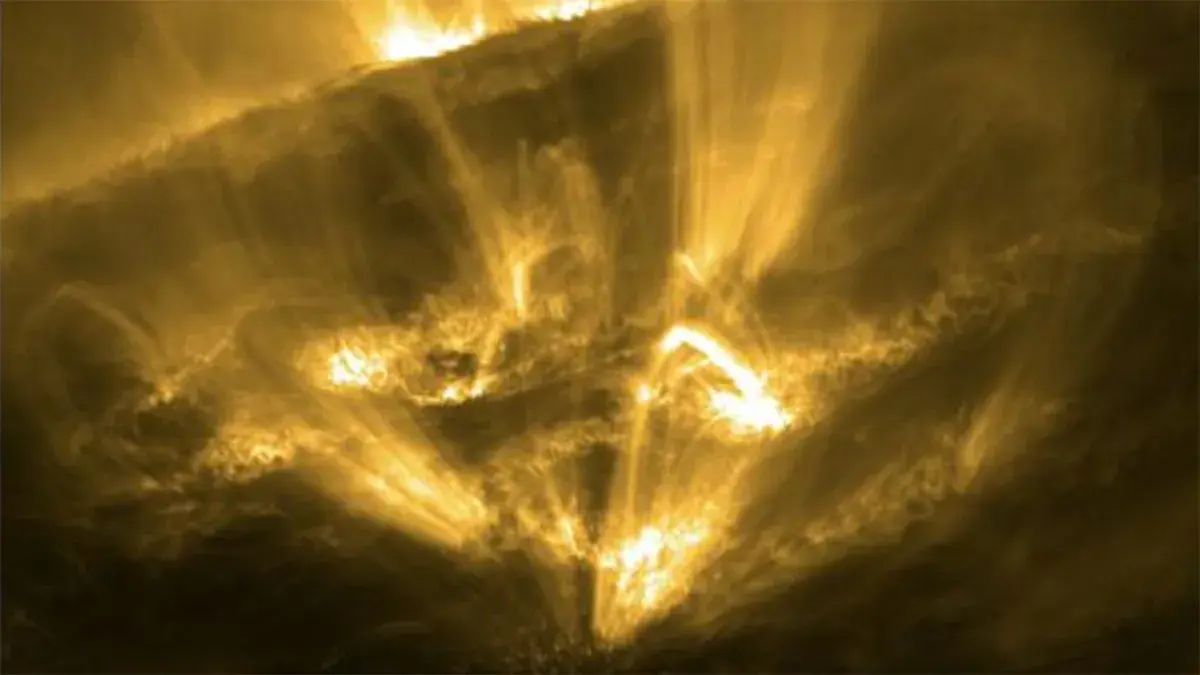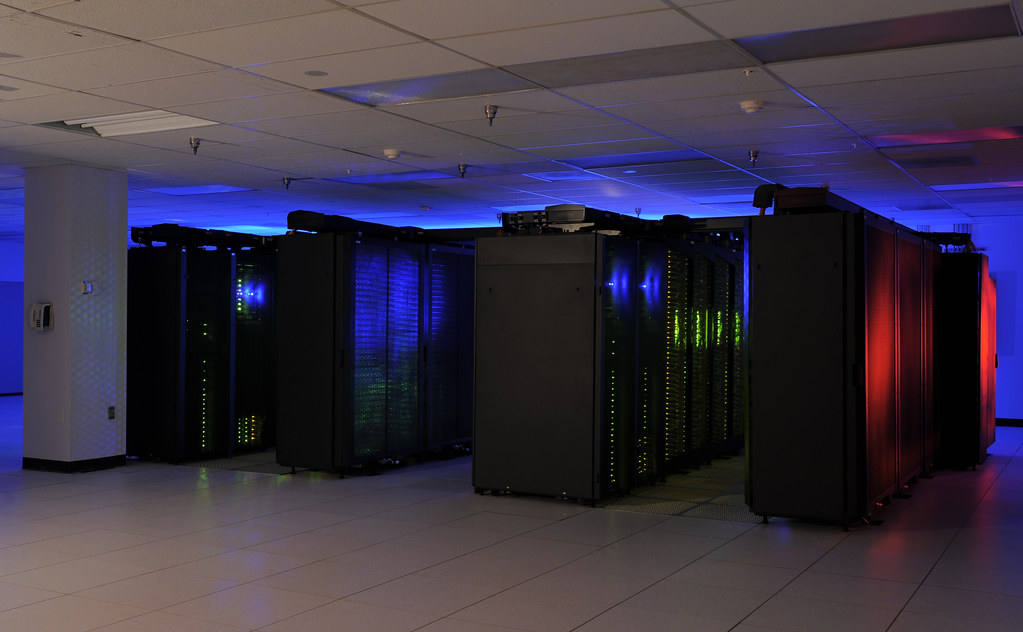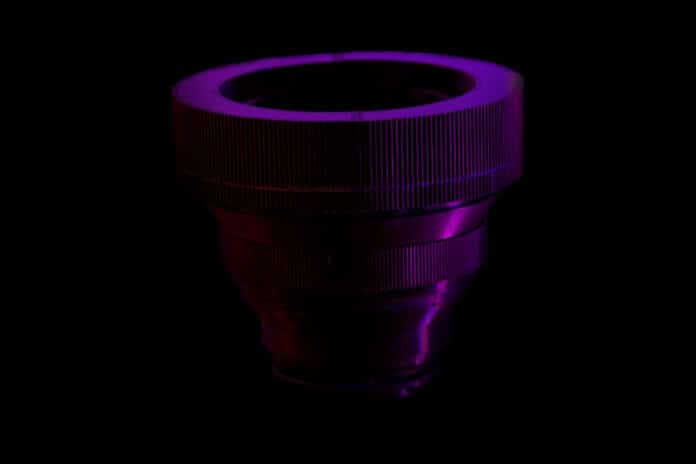A team of European astronomers led by Northumbria University in Newcastle, UK, has observed a remarkable phenomenon on the sun. This phenomenon is known as “shooting stars.”
While the sun itself is a star, these shooting stars are not actual stars. However, they share a similarity in spirit. On Earth, shooting stars are formed when space debris enters our atmosphere and burns up. Similarly, shooting stars on the sun are created by high-temperature solar plasma.
The European Space Agency’s Solar Orbiter (SolO) captured this phenomenon occurring in a region called coronal rain. Coronal rain happens when the intensely hot solar plasma, reaching temperatures in the millions of degrees, collides with a relatively cooler area in the outer layer of the sun’s atmosphere, known as the corona. The plasma then condenses, similar to how water vapor in Earth’s atmosphere turns into precipitation. These condensed clumps of solar plasma are subsequently pulled back into the sun.
The project’s lead author, Patrick Antolin, states, “The inner solar corona is so hot we may never be able to probe it in situ with a spacecraft. However, SolO orbits close enough to the sun that it can detect small-scale phenomena occurring within the corona, such as the effect of the rain on the corona, allowing us a precious indirect probe of the coronal environment that is crucial to understanding its composition and thermodynamics. Just detecting coronal rain is a huge step forward for solar physics because it gives us important clues about the major solar mysteries, such as how it is heated to millions of degrees.”
“If humans were alien beings capable of living on the Sun’s surface, we would constantly be rewarded with amazing views of shooting stars,” added Antolin.







